The number of species that now exist is unknown because there are so many different animals in the world, and new species are being found every day. The two are included in this. While some creatures are attractive and you would want to touch them, others are nasty and you would prefer to stay away from them. What if we told you that while the beautiful creatures may kill you, the ugly animals are the ones you may touch?
Set back because TWN will let you know animals you should or shouldn’t touch, for example:
Puss Caterpillar
No matter what you call Southern Flannel Moths—they go by a lot of names—best it’s to stay away from them as they are a dangerous pest!
This insect, also known as a puss caterpillar, asp, opossum bug, or wooly slug, is extremely toxic and potentially exceedingly lethal.
It’s understandable that people would want to touch the southern flannel moth caterpillar given their appearance and likeness to soft, fluffy pets.
Sadly, the “fur” is not at all like a soft, feline companion. In reality, it has poisonous spines.
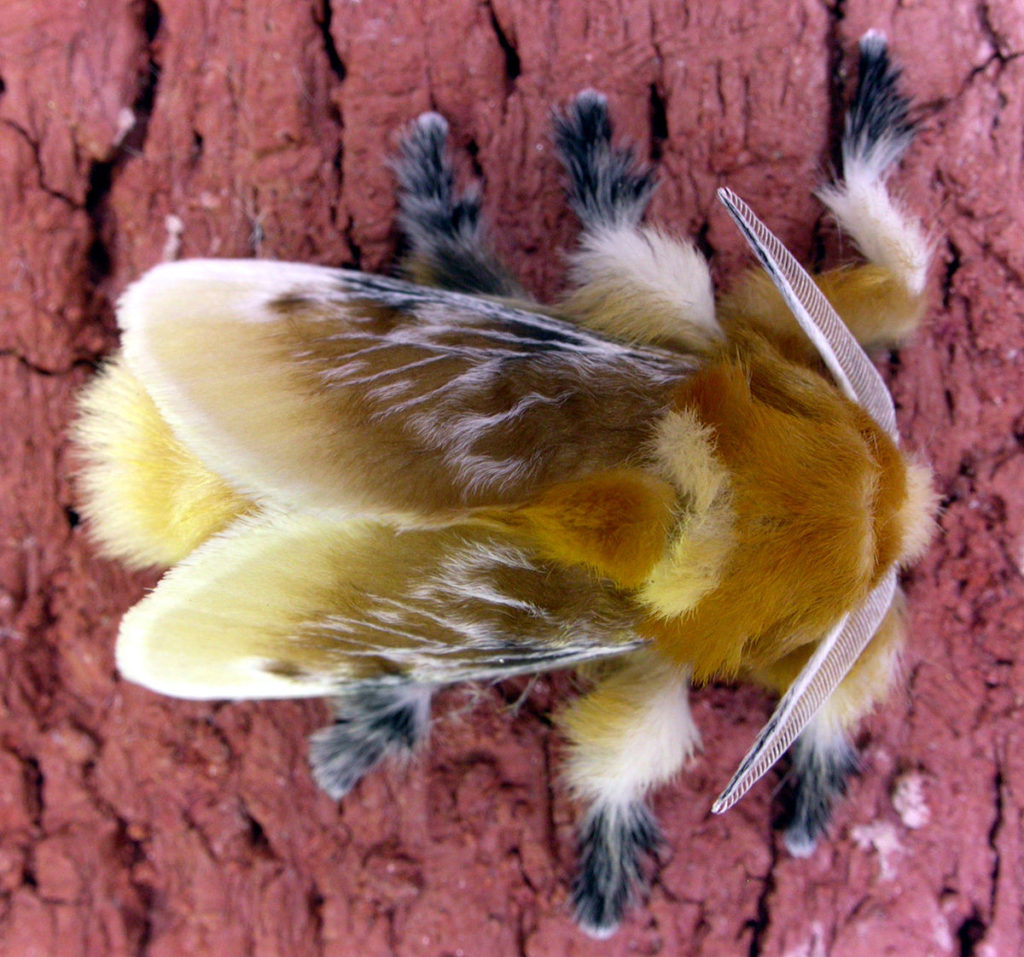
In 2018, while Adrie Chambers, 5, was having fun in the Texas Daycare’s yard, a puss caterpillar fell from a tree onto her. When Chambers’s arm started to tingle, she was transported to the hospital, where she received steroid treatment and fully recovered.
In 2018, a Florida youngster who had been stung was also sent to the hospital. A Facebook post about her son’s sting that was written by the boy’s mother apparently received hundreds of thousands of shares. After her 5-year-old kid trod on one of the caterpillars in May 2017, a mother recalls hearing a “blood-curdling scream.” At the wound, redness and swelling frequently appear. Although the sting is not fatal, it is very painful. Common treatments include shaving, using a cold compress, and taking an anti-inflammatory and allergy medication. So avoid these caterpillars or moths at all costs, and seek assistance if you see one.
Now let's talk about other deadly animals you may encounter in the wild.
Carpet Viper
The deadliest snake is thought to be the carpet viper. I see your objection—how can the Carpet Viper be called the deadliest snake if its venom isn’t the strongest? The Carpet Viper, however, is the snake that claims the most victims. The Carpet Viper kills by injecting a toxin from their venom into your body, which prevents your blood from clotting once it enters your bloodstream. You will therefore bleed to death.
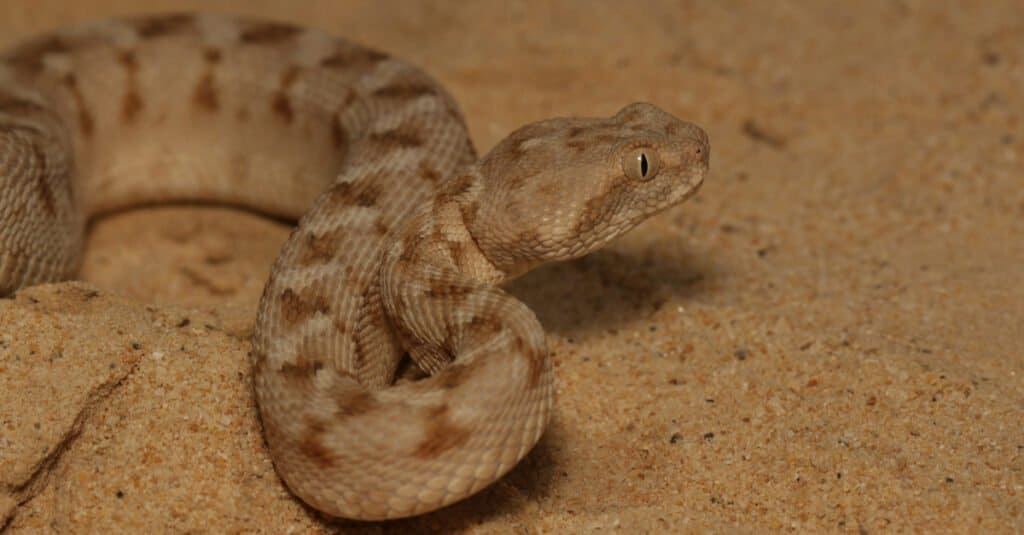
Wandering Spider
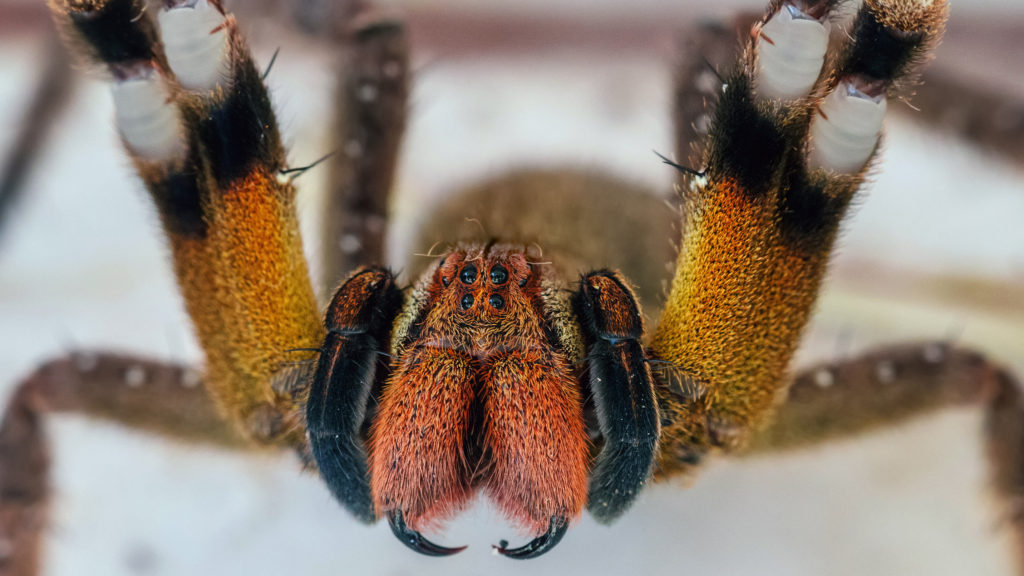
Unlike other spiders, the Wandering Spider is not shy. For example, some spiders like to be outside of homes or cars, but species love to be around people. You can find them in your home or car, wandering around. Do you get it? Now what makes these spiders so deadly? In addition to having a strong neurotoxin, the Wandering Spider is known to have one of the most excruciatingly painful venoms of any spider due to its high serotonin content. Of all living spiders, they have the venom that is most active.
Deathstalker
The Deathstalker is the deadliest scorpion of all. Before we talk about the menacing warrior, but did you know that all scorpions glow in the dark? Under an ultraviolet (UV) light, commonly referred to as a “blacklight,” all scorpions will glow. A tiny layer of an unknown chemical on their skin is what is responsible for the glow.
Another unknown fact is all scorpions produce venom, but only approximately 25 of the 1,500 or so species are thought to pose a threat to human life, and only two of those are found in the United States. Most scorpion stings are painful for people, like a bee sting, but suffice to kill a bug or spider.
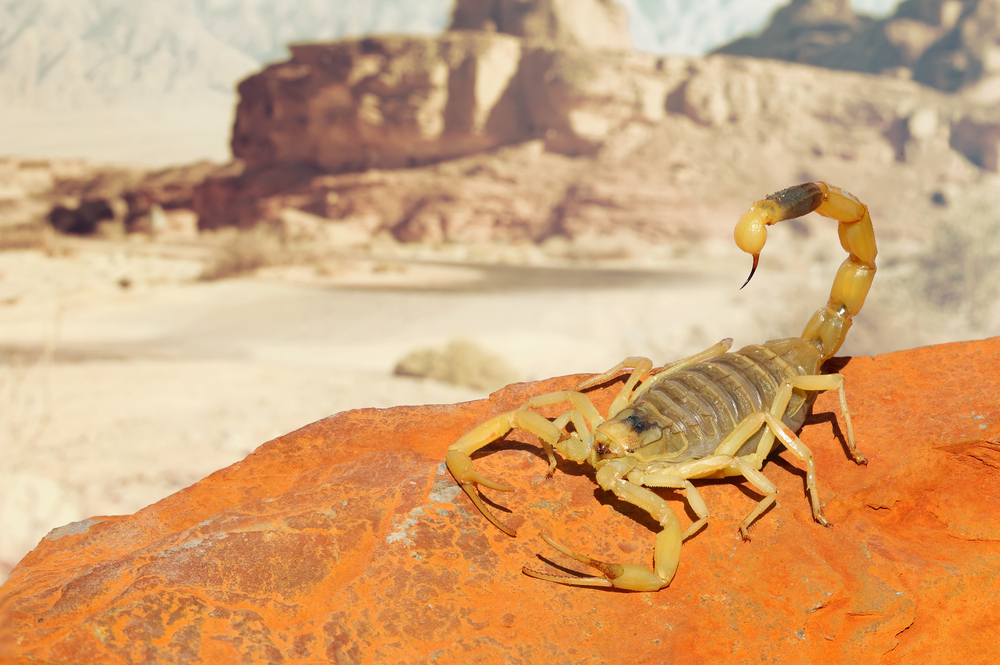
To put this in perspective, 75% of scorpion attacks are the fault of the Death Stalker. Normal, healthy adults are rarely killed by them, but you could suffer for the rest of your life as a result. Children can die from the Deathstalker venom, even if it may not kill adults. Finally, they can block your airways because your lungs fill with fluid, which results in an instant death. The sting of the Deathstalker can result in a youngster having a fever or going into a coma.
The Deathstalker should always be avoided by both humans and animals. They can become highly dangerous, and can win fights with snakes in some cases. The Deathstalker will exhibit cannibalistic behavior toward other scorpions if it can find food. If you’re stung by this scorpion you should go to the hospital immediately.
Black Mamba
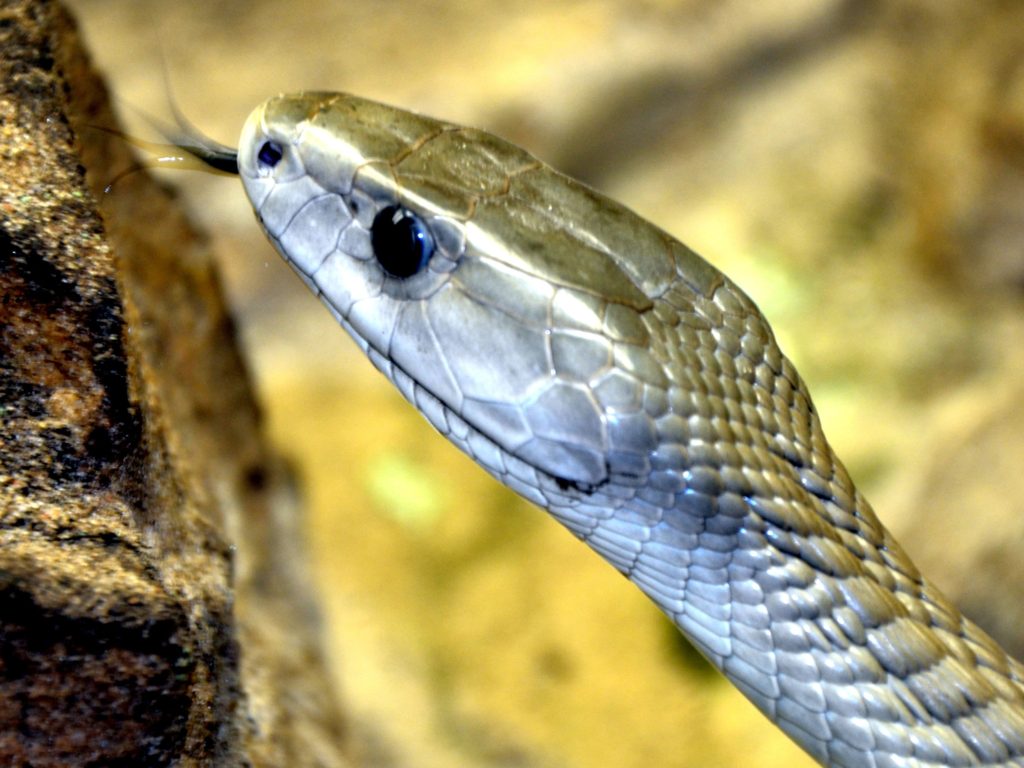
You may have heard of this snake, as one of the best basketball players in history, Kobe Bryant was nicknamed after this snake. The reason why Kobe Bryant was named after this snake is because this snake is the most aggressive snake of all.
Black mambas are swift, jittery, very poisonous, and highly aggressive when threatened. Numerous human deaths have been attributed to them, and African traditions often overstate their power.
These factors make the black mamba the most lethal snake in the world.
Most snakes are shy and won’t approach humans, but the Black Mamba is different. They will chase you and bite you. If you don’t receive an anti-venom in 30 minutes to an hour, you will die.
Blue-Ringed Octopus
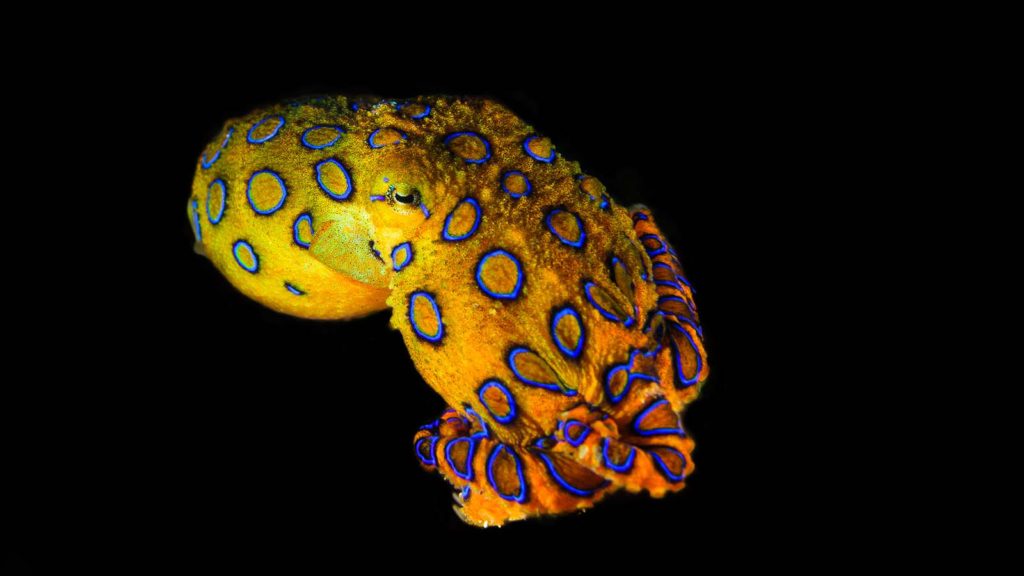
The Blue-Ringed Octopus is tiny yet very deadly. Frequently, the sting is lethal. By biting, the blue-ringed octopus delivers its venom. The octopus’s mouth is located on the underside, in the middle of the body, and the salivary glands are where the venom is kept. Before you begin to experience symptoms, you might not even be aware that you have been bitten. Some victims of bites claimed they were alert and aware of what was happening, but unable to move. The only way to help a person in this case is to start artificial respiration and continue until the victim recovers.
Stonefish
Yes, this fish does look like a stone, but this is not any stone you should ever consider touching. The stonefish is an expert at blending in with its surroundings to become unseen. At low tide, you have little chance of seeing a stonefish in time because of how well-camouflaged it is, thus you could easily tread on one.
Losing a leg is the least of your concerns if you tread on this fish, which will poison you and cause you to become ill. It will inject more poison into your body the more forcefully you walk on this fish. This fish can turn and bite people or other fish in just 0.15 seconds, demonstrating its lightning-fast reflexes.
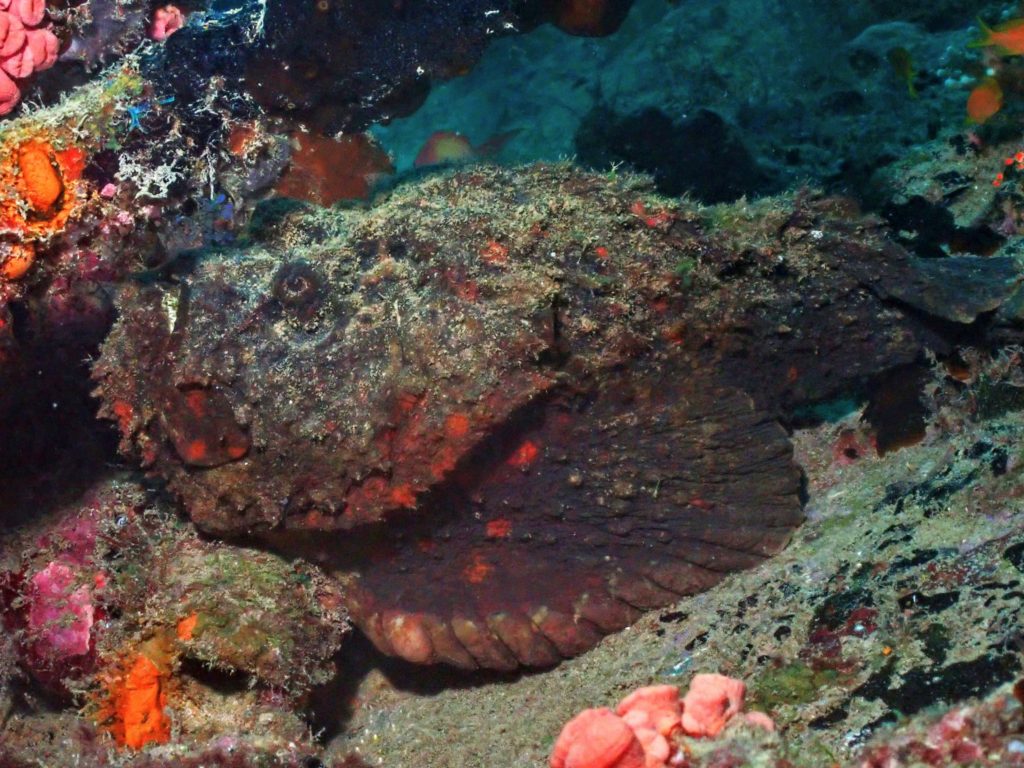
In Australia alone, between 800 and 1,000 stings are reported annually, and many residents of the Pacific and Indian Ocean coasts die from stonefish stings. They are regarded as the most deadly fish in the Caribbean and Florida now that they have been introduced to those areas.
Africanized Honey Bees
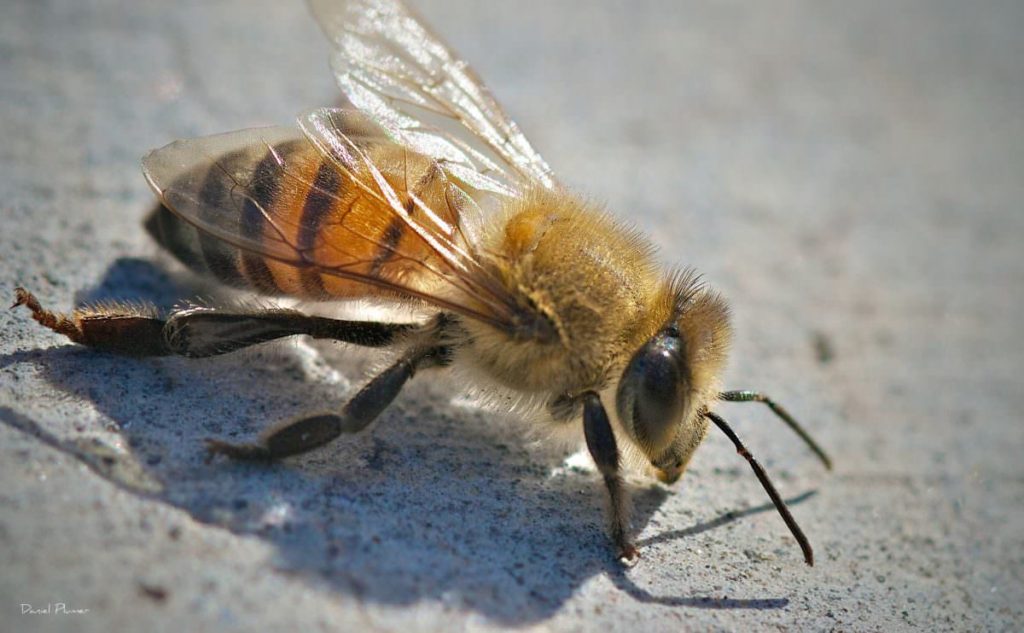
Inadvertently released in Brazil in the 1950s, Africanized honey bees are a hybrid of European and African bee subspecies. They have expanded across a large portion of South and Central America, as well as to the north into the United States and the south as far south as northern Argentina.
Some bees are extremely loyal to their queen, for example a swarm of bees was attempting to retrieve their queen from a car where she was likely confined as wasps were thriving. According to neighborhood beekeepers, this was a very unusual occurrence because the bees persistently followed the automobile for 24 hours after being removed.
Because they attack intruders in greater numbers than European honey bees, Africanized honey bees are risky. They have killed about 1,000 people since being introduced to Brazil, and their victims have experienced ten times more stings than those of the European type.
Poison Dart Frog
Remember, at the beginning of this video, when I told you that the beautiful animals in the wild may be the deadliest animals? If you remember me saying this, then you shouldn’t touch this frog.
Although some poison dart frogs are deadly to touch, most are not toxic to people.
But the deadly frogs, like the 2-inch-long golden poison dart frog, possess enough poison to kill ten adult males.
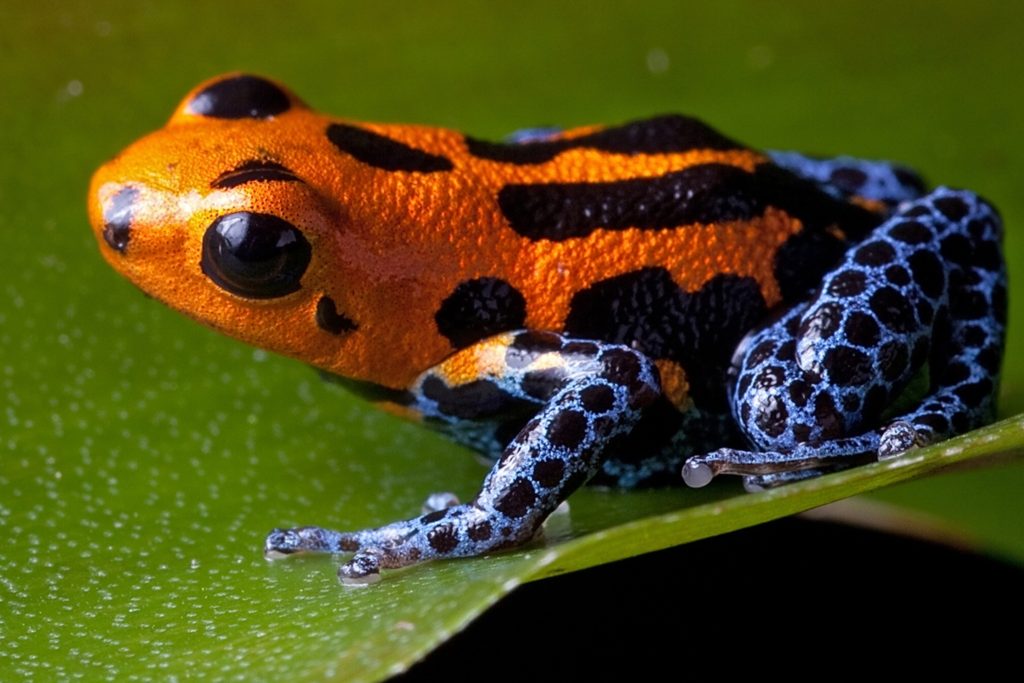
Some species of frogs also have particularly toxic skin. Scientists claim to have now found one of the principal sources of this toxin. It originates from the ants that frogs eat. The poison that protects this poison dart frog, also known as Dendrobates pumilio, is provided by ants in its diet.
Human-raised dart frogs, like those at the Berkshire Museum, are not at all venomous.
Cone Snail
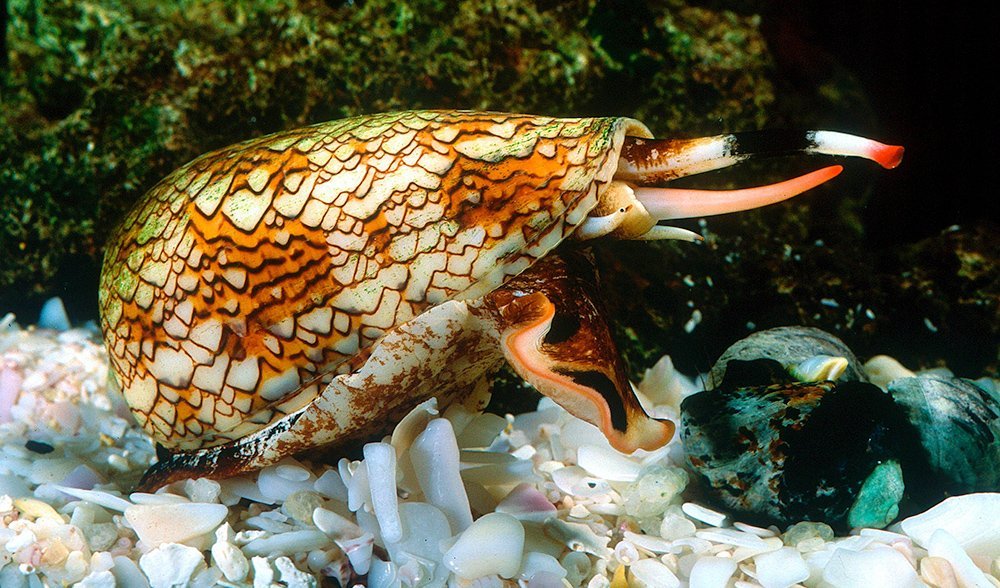
The snail you used to observe gently creeping across your neighborhood no longer exists. This snail should be avoided at all costs, despite the fact that it still moves slowly. This snail’s poison can kill 20 people with just one drop. I know what you’re thinking: I’ll just use some anti-venom if one drop of the poison gets on me. Unfortunately, there isn’t a superhero that can save you in this situation. If you receive an injection of cone snail venom, there is no treatment. Because they claimed that most individuals pass away in the time it takes to consume a cigarette, the Cone Snail is also known as the Cigarette Snail.
Tse-Tse Fly
This fly is not venomous or poisonous but this fly is very dangerous. What makes this fly gross is the fact that it sucks blood like a mosquito. The tsetse fly can bite you painfully and leave you with a chancre, which is a red sore. Sleeping sickness frequently manifests as a fever, excruciating headaches, irritability, excessive exhaustion, enlarged lymph nodes, and aching muscles and joints. Some people get skin rashes. The other issue with the TseTse fly is the fact that it can transmit African sleeping sickness which kills 250 thousand people each year.
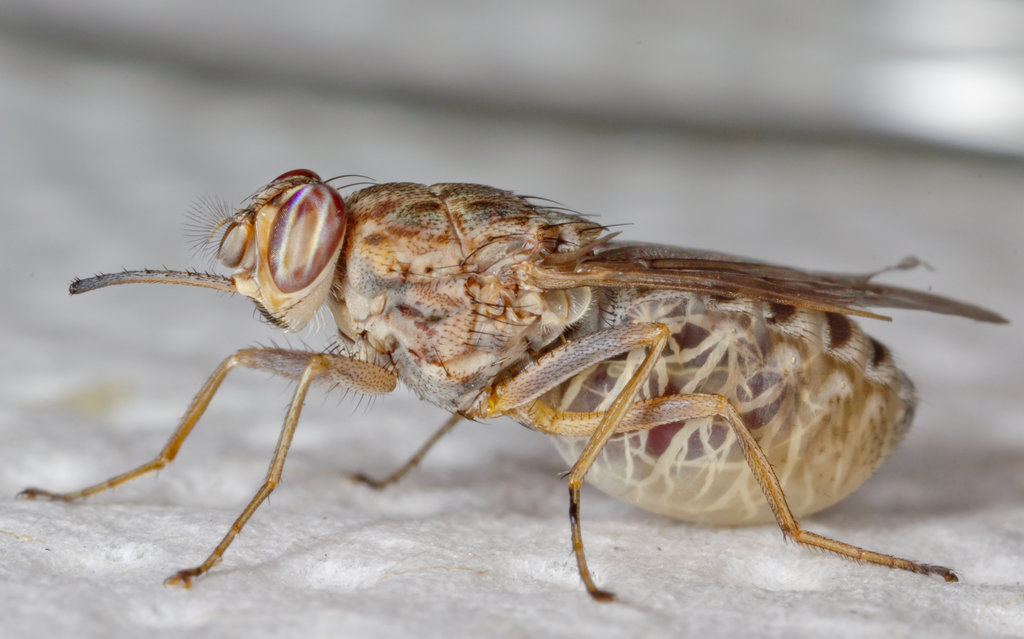
Box Jellyfish
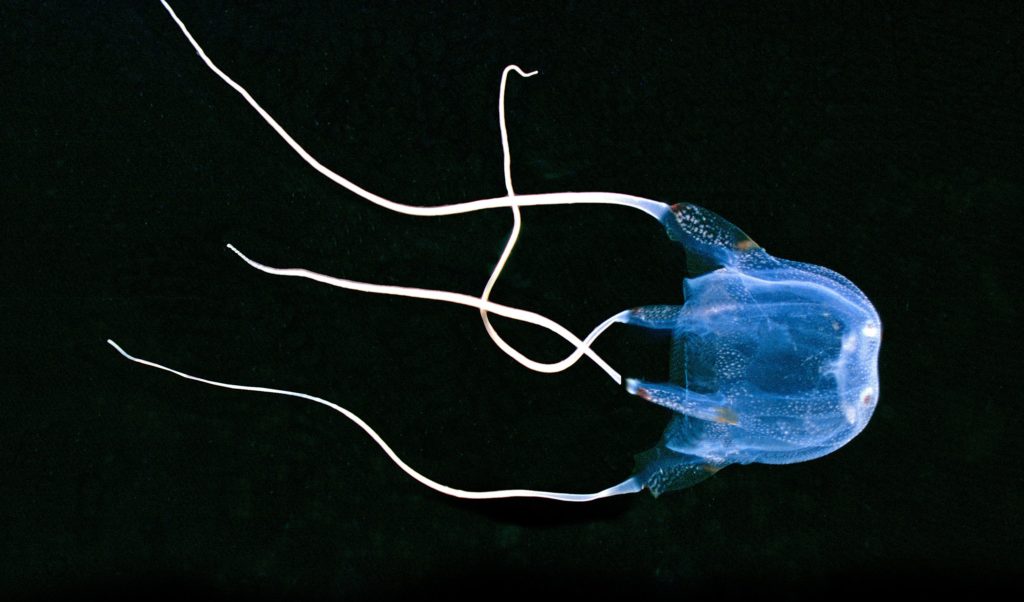
You should avoid all jellyfish, but specifically you should avoid the Box Jellyfish. The biological booby traps called nematocysts, which are microscopic darts filled with poison, are found on the tentacles of box jellyfish, which get their name from their shape. Within a few minutes of being stung, those unfortunate enough to be injected with this toxin may endure cardiac arrest, paralysis, and even death.
Now we have done our part, and that’s letting you know about some of the deadliest species on the planet. In this video, we didn’t add any details about what you should do if you’re attacked by one of these animals because all you can do is to seek help from a professional.
If you learned anything from this video, then you should like this video and then share this video with your friends. Oh, and make sure you subscribe to our channel, as we will upload more great videos in the future.